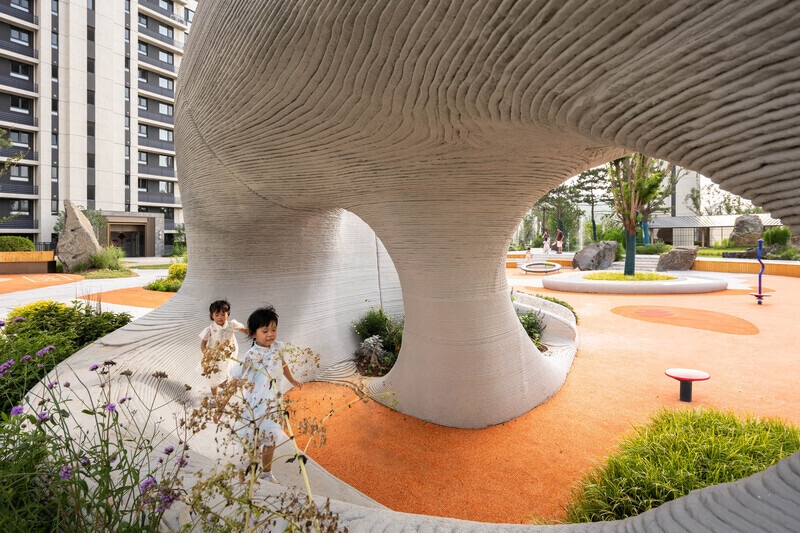In Taipeh, the Echo Villa – designed by Peny Hsieh Interiors – blurred the border between the landscape and living space. The 990 square meter private residence reflects the contours of the surrounding mountains with liquid transitions in furniture, partition walls and ceiling shapes. A palette of mineral -colored plaster walls and natural teak -floods harbors the interiors, while diffuse light is both naturally and artificially diffused, the texture and depth of each room improves. The individual furniture and works of art compiled from famous designers reinforce the philosophy of the villa: architecture as an expansion of the site. The result is a harmonious spatial experience, the calm and a deep connection to place placement.
In New York, Fabric House de Le Cuona opened its new flagship showroom in the NY Design Center and re -introduced the model of retail architecture through intimacy, tactility and narrative. In cooperation with the interior designer Cameron Heller, the room flows over three zone von of a gently lit textile gallery to a practical work space and curated accessory shop. Belgian, South African and English design elements mix over the plaster walls, rustic wooden frames and handmade pieces such as the Hlabisa-Died local bank. The tactile wealth of the environment and layer material transform the shopping experience into an architectural encounter and do not show textiles as a product, but as a lived art.
The architectural trends in August reflect a broader change towards emotional and ecological construction. Regardless of whether you come from local landscapes or global cultural roots that try today's rooms to find out users. Form follows the feeling – and from villas to exhibition rooms, the structure now bears history, texture and soul.
